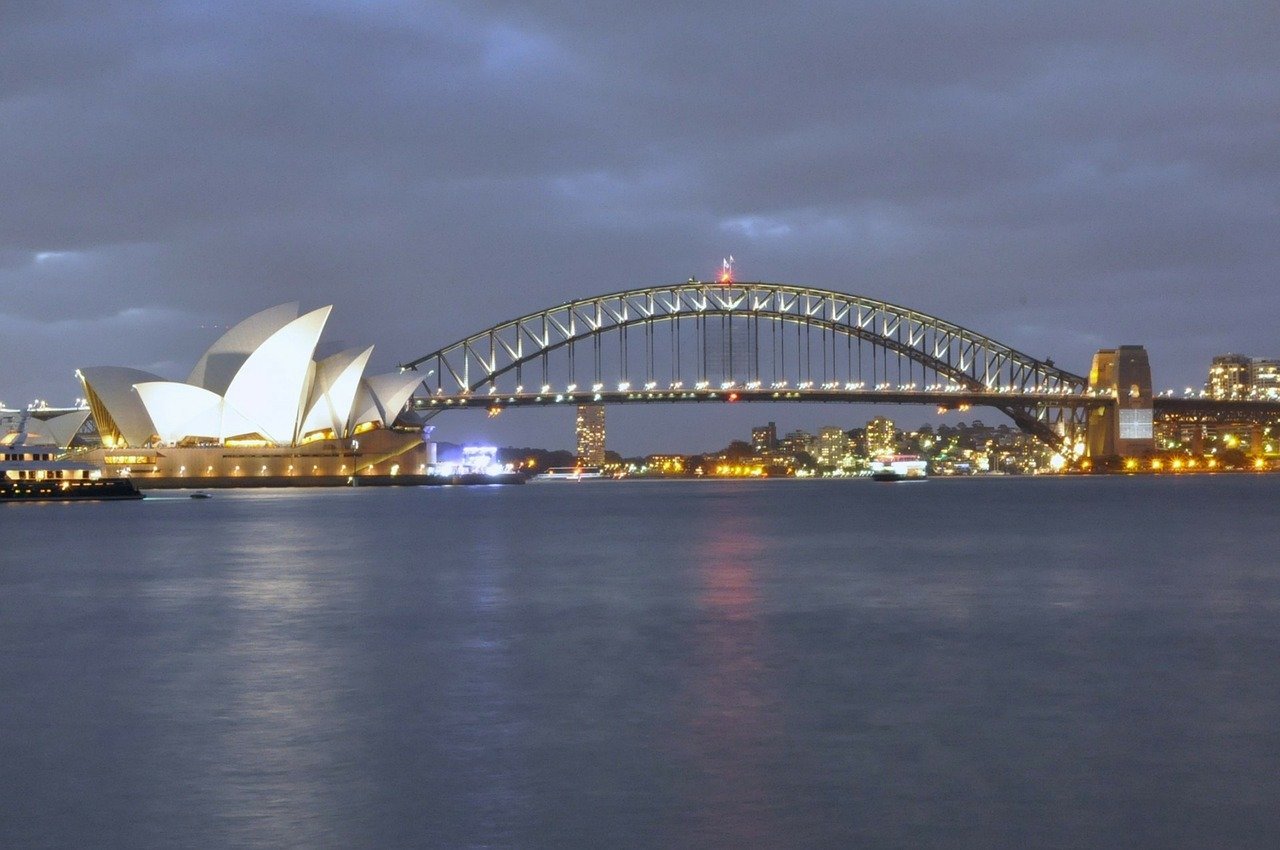You Wouldn’t Possibly Know These Things About The Australian Opera House
Tourism in Australia is not only by historical sites, but Australia also has several other modern attractions that catch the eye. One of these attractions is the Sydney Opera House, located on the Sydney Harbour in New South Wales, Australia.
The Australian opera house is a center of performance talents and has several settings for distinct types of performances. The Australian opera house attracts an average of 8 million visitors per annum because of its beauty while around 1.2 million people visit the opera house to attend the performances. This is not just an ordinary sight-seeing building, it has several enthralling features.
1. The Idea
Almost everybody in the world recognises the building of the Australian opera house, even the people who haven’t been to Australia know of this building. But not everybody knows the origin of this building or who designed it and how was the idea to create this masterpiece born.
The idea came from the mind of a Danish architect, Jorn Utzon, 38 years old at the time when this idea was born. The idea came to his mind as an entry for the competition to design a national opera house for Sydney Harbour.
Read More:
2. The History
The location of the opera house at the Sydney Harbour called the Bennelong Point, which in older times used to be an island. The point where this building is created has a history that dates back to the time of Gadigal People. From those times this land was used for singing, dancing, celebrating, and was even designated as the main Cattle Point during the times of Britishers in 1788.
The name Bennelong Points is after the name of Woollarawarre Bennelong, who was a senior person of the Gadigal People. Bennelong was the first Australian aboriginal who toured to London.
3. The Plaque of the Sydney Opera House
The construction of the Sydney Opera House began on the 2nd March 1959. They held the starting ceremony at night and the architect Jorn Utzon and the NSW Premier Joseph Cahill were both present at that time.
Jorn Utzon brought a bronze plaque along with him, which marked the start of the construction and served as a point of all the dimensions taken in the building of this monument. This plaque is still present on the steps of the opera house.
Read More: Top 10 Reasons to Visit the Birthplace of Australia, Sydney in 2020
4. The Eminent Concourse Beams
The first step of this giant structure plan was the construction of the Podium. Since the architecture of the Australian opera house differed greatly from the traditional square and rectangle designs, this uniqueness of design gave rise to many unique architectural techniques used.
According to the designs proposed by Utzon, the upper structure of the building required the pillars to support its weight. But Ove Arup, the head Engineer replaced the need for support pillars by proposing the technique of concourse beams as an alternative.
5. The Sydney Tiles
They have considered every detail of this magnificent structure at the Sydney Harbour, though. This attention to detail by the engineers and the architects that worked in the construction of this project made it an icon of architecture, engineering design, and exquisiteness.
They manufactured the tiles that are used on the shell roof of the opera house. This happened after the desire of Jorn Utzon, who wanted them to be of such colour and theme that they reflected every mood of the harbour at all times. The tiles were made on-demand in Sweden originally and comprised clay and stones.
6. The First Performance
Many people could foresee the future that this place beholds even before the project completion. People realised the impact of this building was to create a world of arts.
Paul Robeson, an American Singer in 1960, already performed a song for the construction workers. This was the first performance ever.
7. Utzon’s Guidelines
The Opera House was an enormous project and experienced many problems because of politics and disagreements between Utzon, the engineers, and the government. Utzon resigned before the completion of the construction and never returned.
But fortunately, after comprehensive huddles in 1999, Jorn Utzon agreed to develop a set of guidelines for the future of the opera house. It was a moment of a noteworthy re-unification between Utzon and his vision that was very much needed for the future.
8. Tribute to Utzon
Due to the unfortunate incongruities that happened between Utzon, the engineers, and the government the project fell victim to obscure completion. But things shifted towards betterment after Utzon came back to Australia.
Utzon restructured the Reception Hall, this time with his ideas and concepts with no impediments. To pay a tribute to Utzon, for his gift to Australia in the form of this famous architecture, they renamed the hall and called it, ‘The Utzon Room’.
Read More: Top 10 Australian Things To Do in 2020
9. The Worker’s Control
During the construction of the opera house, one of the workers was terminated. As a result of this action, other workers in the project protested for his rehiring and an increase in their pay. Since the project was already under a lot of financial stress, they rejected the demands of the workers.
Because of this disagreement, the workers started a riot in the construction site and the management forced them to withdraw their decision. The management then applied the Worker’s Control which provided workers with the benefits they demanded to restore the work order.
10. Acoustics
The Sydney Opera House is an embodiment of splendour because of the beauty of the Sydney Harbour and the architecture it possesses. But, being an opera house, it needs to be magnificent and brilliantly acoustic. Inopportunely, that is not the case as the acoustics of the opera house had received a lot of criticism from people around the world.
However, the management took notice of these issues and spent a giant fortune to overcome these problems. They hired the best German acoustic companies, ordered the best sound equipment, and they took a closer look to renovate anything that becomes an obstacle.
Conclusion
The creation of the Sydney Opera House not only marked a turning point in the growing future of Australia and its culture, but it also served as an icon of architecture and engineering. From the birth of an idea to the completion of that idea, the opera house shows the importance of investing in such projects as they not only aid international growth but also promote tourism.
Also Enjoy:

Main Image Source : Pixabay
Also See : Top 10 Places in Australia That Are Open on Weekends
Capitalism Vs Communism Vs Socialism Whats The Difference Economically












